Frequently Asked Questions
1. What is the appeal of knife collecting?
2. What should I consider before starting a knife collection?
3. How can I identify quality knives?
4. What maintenance is required for knives in a collection?
5. How can I engage with the knife collecting community?
Knife collecting is an exciting and fulfilling hobby that appeals to enthusiasts and beginners alike. With a wide range of options available, from vintage items to modern pocket knives, there's something for everyone. In this guide, we will present essential tips for novices to start their knife collection journey. Get ready to sharpen your knowledge and dive into this fascinating world!
Understanding the Basics of Knife Collecting
Before you embark on your knife collecting adventure, it’s crucial to understand the basics. Knife collecting doesn't just involve buying. It requires knowledge, appreciation, and respect for the craftsmanship and history behind every piece.
Know Your Motivation
Why do you want to start collecting knives? Your motivation could be aesthetic appreciation, investment potential, or passion for outdoor activities. Whatever your reason, having a clear understanding will guide your choices and enhance your experience as a collector.
Familiarize Yourself with Types of Knives
There’s a wide variety of knives available, and understanding the categories can help you make informed decisions. Here are some of the popular types you might come across:
- Pocket Knives: Compact and versatile, perfect for everyday carry.
- Fixed Blade Knives: Strong and reliable, ideal for outdoor activities and survival.
- Collectible Knives: Often limited edition or custom-made pieces designed for display.
Research and Learn
Knowledge is power in the world of knife collecting. Start with basic research about knife brands, materials, and history. Online forums, social media groups, and dedicated websites can be valuable resources. Additionally, consider reading books or articles that discuss the art of knife making and collecting.
Identifying Quality Knives
When it comes to knife collecting, quality is paramount. Here are some factors to evaluate the quality of a knife:
- Material: Look for high-quality steel in the blade and durable materials for the handle.
- Craftsmanship: Check the details, including the finish, blade alignment, and overall construction.
- Brand Reputation: Some brands are renowned for their craftsmanship and quality. Research their history and reviews.
Start Small, but Think Big
As a beginner, it can be tempting to dive headfirst into collecting. However, starting small can yield better results. Here’s how to build a solid foundation for your collection:
Set a Budget
Establishing a budget is crucial for staying on track and avoiding impulsive purchases. Determine how much you're willing to spend on your collection initially and keep an eye out for deals and discounts.
Choose Your First Knife Wisely
Your first knife could set the tone for your collection. Look for a piece that resonates with you, whether it’s a classic pocket knife, a unique design, or a storied brand. Ensure it’s a knife you will appreciate and want to keep for years to come.
Maintenance and Care for Your Knives
Once you have begun your collection, maintaining your knives is essential for preserving their condition and value. Proper care ensures that each piece remains functional and aesthetically pleasing.
Regular Cleaning
After using your pocket knives or any other knives, ensure you clean them promptly. Dirt and debris can lead to corrosion if left unattended. Here’s a simple cleaning routine:
- Wipe down the blade with a soft cloth.
- Use lukewarm, soapy water for tough grime but avoid submerging the knife.
- Dry the knife thoroughly after washing.
Storage Solutions
How you store your knives can impact their longevity. Here are some effective storage options:
- Knife Cases: Use cases to protect blades and display your collection.
- Magnets: Some collectors use magnet strips to hang knives visibly and accessibly.
- Drawer Organizers: Keep knives organized in drawers to prevent damage and ensure safety.
Engage with the Community
Being a part of the knife-collecting community can significantly enhance your experience. Connecting with other collectors offers opportunities to learn, trade, and share your collection.
Online Forums and Social Media
There are many online communities dedicated to knife enthusiasts. Participate in forum discussions, ask questions, and share your findings. Social media platforms like Instagram and Facebook have groups that allow you to showcase your collection and learn from others.
Attend Knife Shows and Collectors' Events
If you're serious about knife collecting, consider attending knife shows or local meetups. These events provide an excellent opportunity to meet other collectors, see a wide range of knives, and even purchase unique pieces.
Understanding the Value of Your Collection
As you progress in knife collecting, it’s essential to understand what factors influence the value of your knives. Here are some key points to consider:
Rarity and Demand
Generally, rarer models with limited production runs tend to hold higher value. However, demand plays a significant role as well—if collectors actively seek a specific knife, its value will often rise.
Condition
The condition of your knives significantly impacts their worth. Always strive to keep them in pristine condition. If you plan on selling or trading in the future, this attention to detail will pay off.
Taking Your Collection to the Next Level
Once you've established a foundational collection, you may want to consider expanding or refining your collection further. Here’s how you can elevate your knife collecting game:
Explore Specialty Knives
As your knowledge and experience grow, consider delving into specialty knives, such as:
- Custom Knives: Handcrafted pieces that reflect the artisan's unique style.
- Historical Knives: Vintage knives with fascinating backstories.
- Tactical Knives: Designed for specific uses, often based on military or survival needs.
Collecting Knives from Different Cultures
Many cultures have unique knife designs with distinct styles and purposes. Consider diversifying your collection by including:
- Japanese Knives: Known for exceptional craftsmanship and utility.
- Italian Switchblades: Renowned for their automatic opening mechanisms.
- Traditional Folding Knives: Celebrated in different cultures for practicality and historical significance.
Embrace the Art of Knife Collecting
Knife collecting is an art, a passion, and a journey—one that allows you to engage with history, craft, and community. As you take your first steps into this rewarding hobby, keep these tips in mind:
- Start with a clear motivation and understanding of your interests.
- Research extensively to identify quality knives.
- Engage with fellow collectors and expand your network.
- Maintain and care for your knives to preserve their value.
- Enjoy the journey, appreciate the beauty, and thrill in the hunt!
Now that you have a roadmap for knife collecting, it’s time to take action! Start building your collection, and enjoy every step of the way. Whether you find joy in shiny pocket knives or stunning historical pieces, the world of knife collecting awaits you—sharp attention to detail and all!


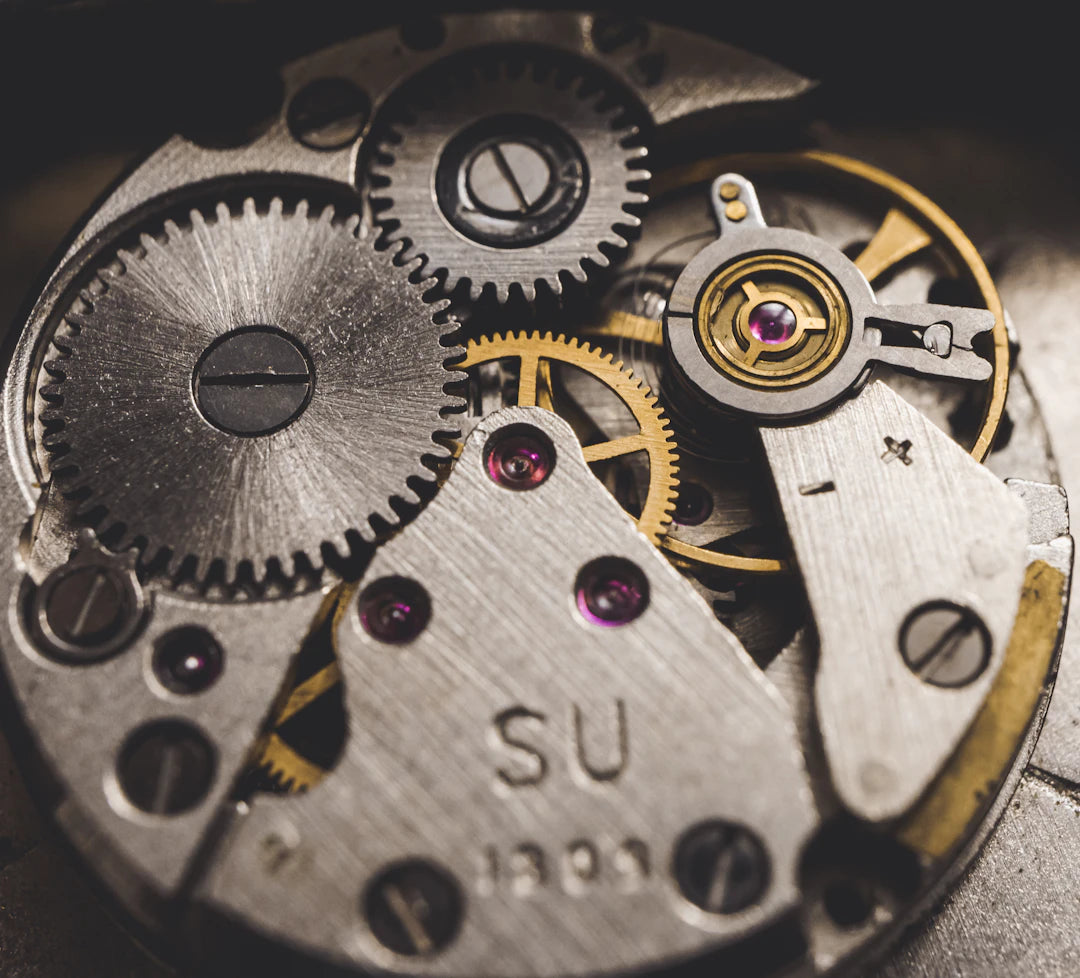




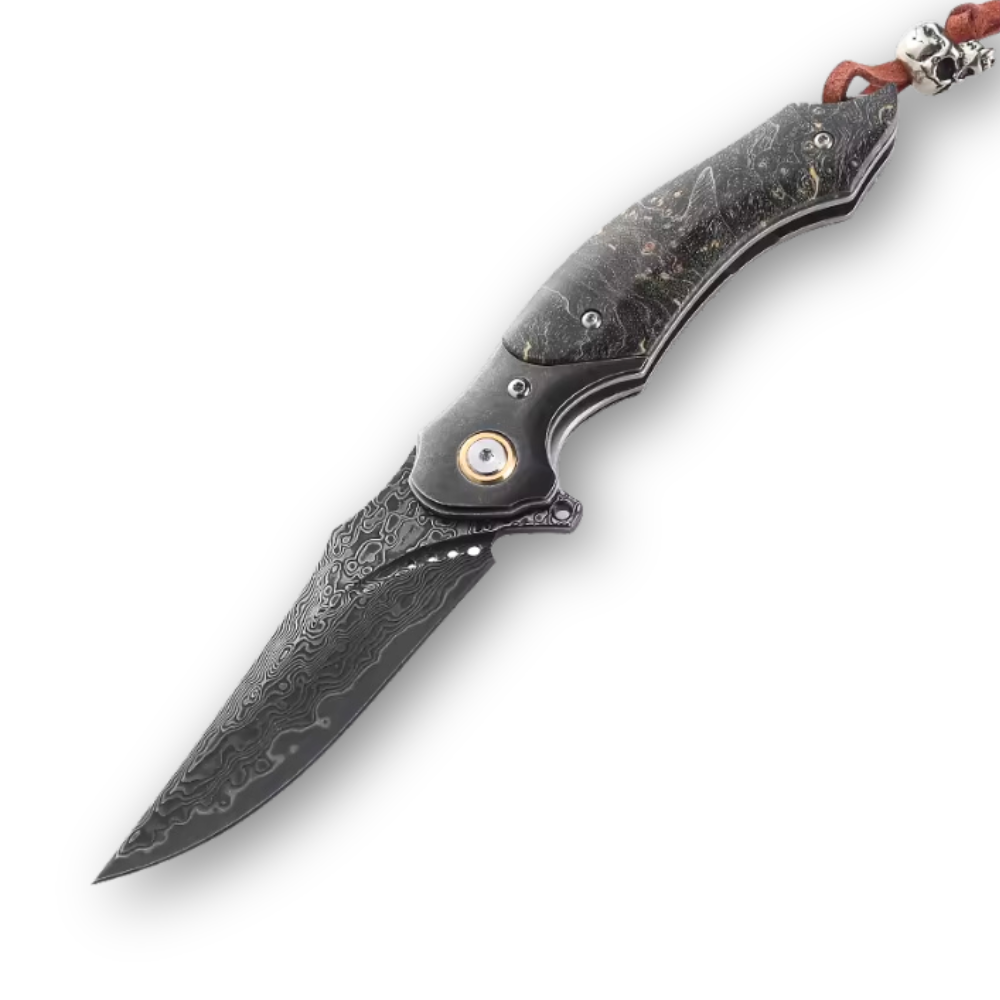







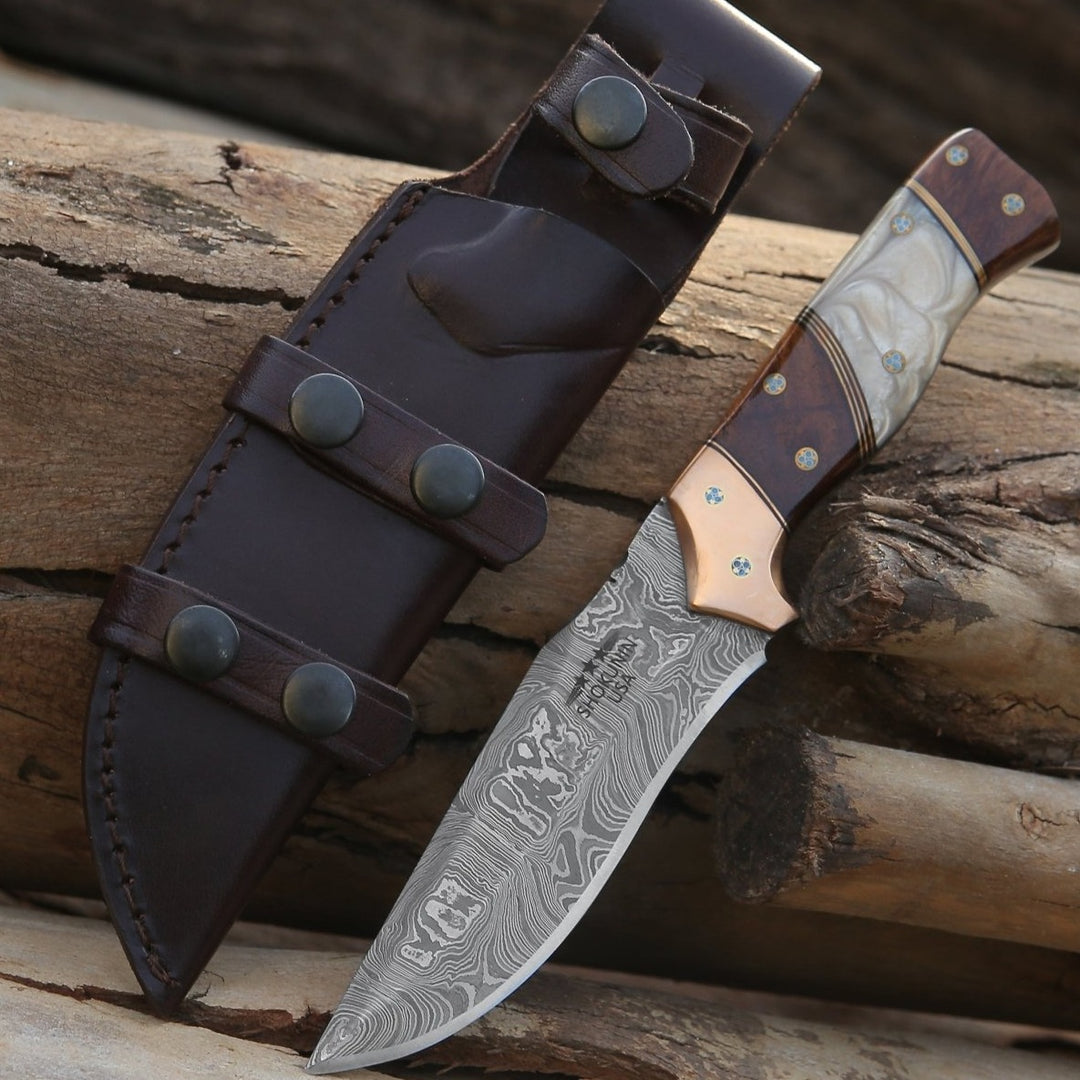
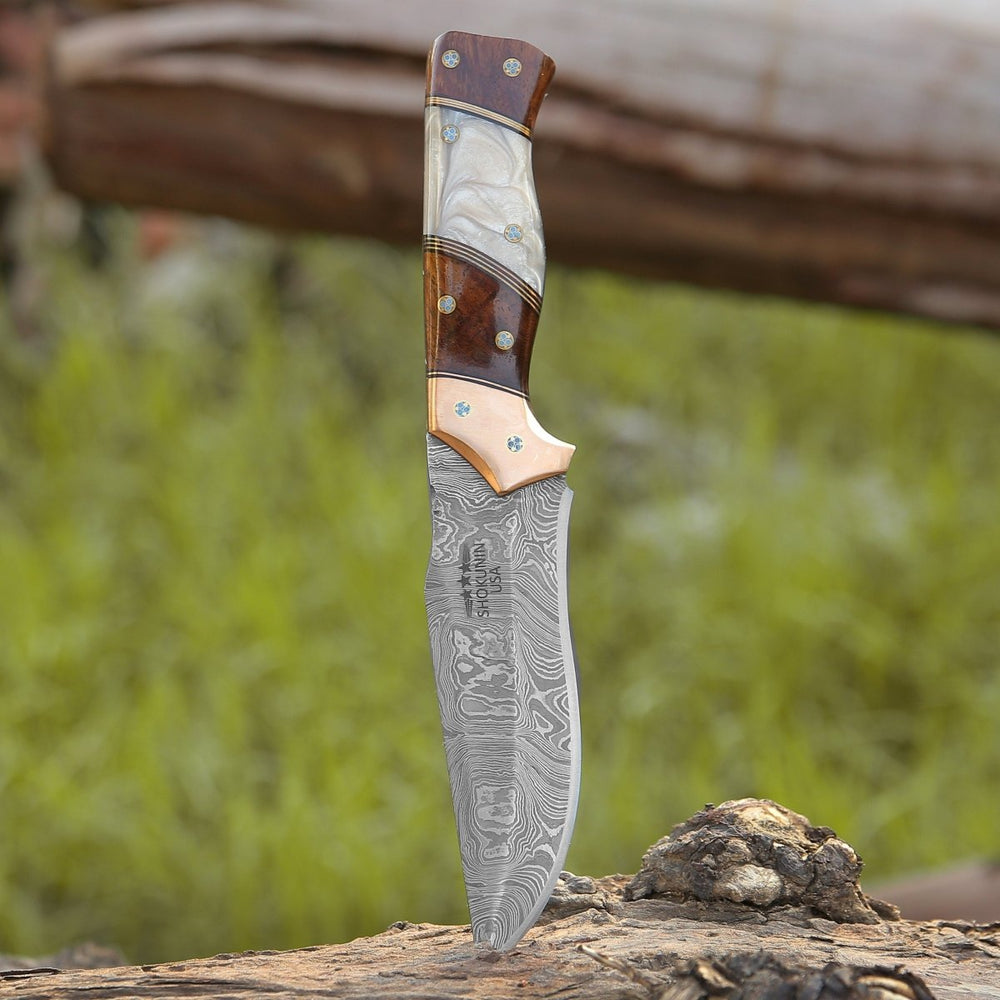




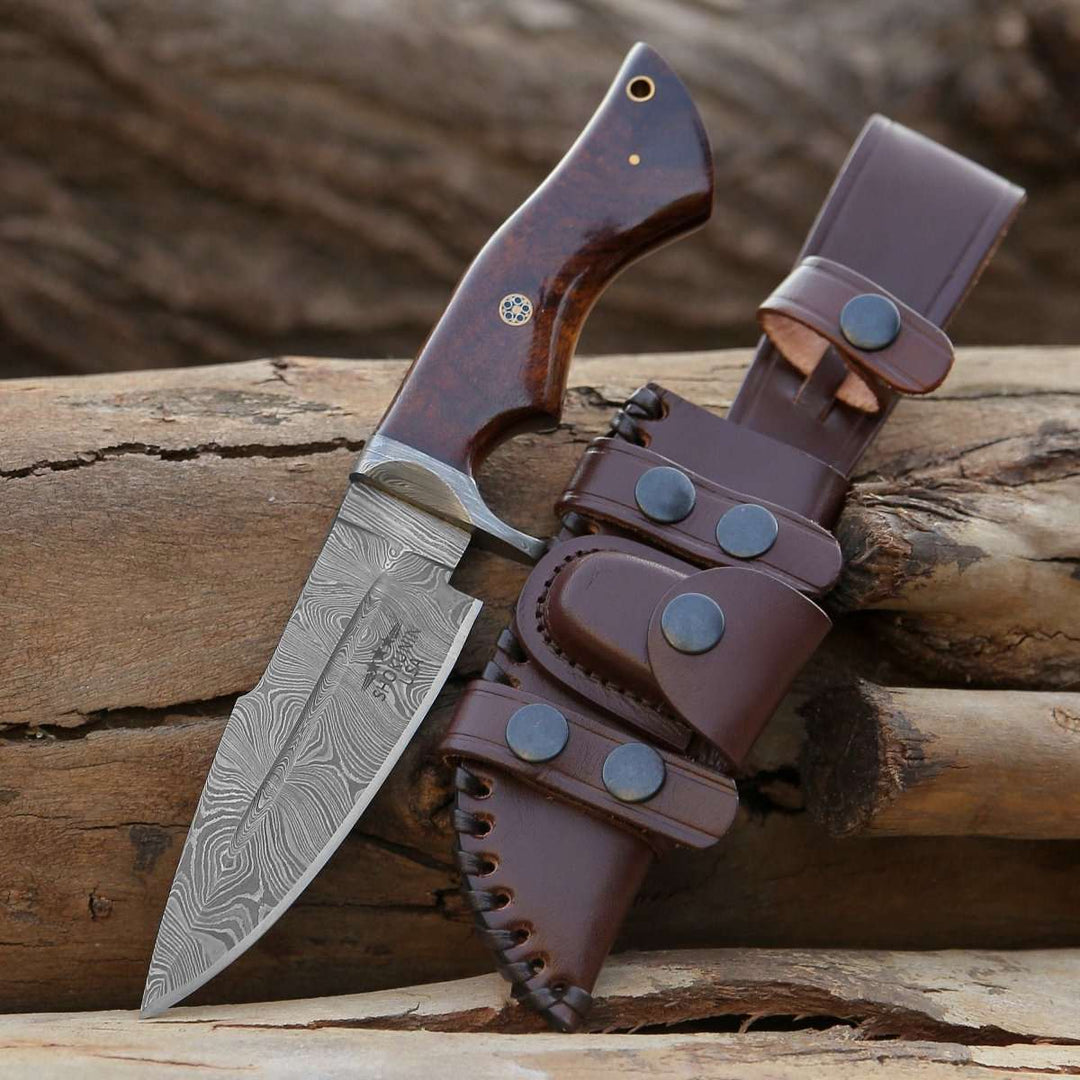
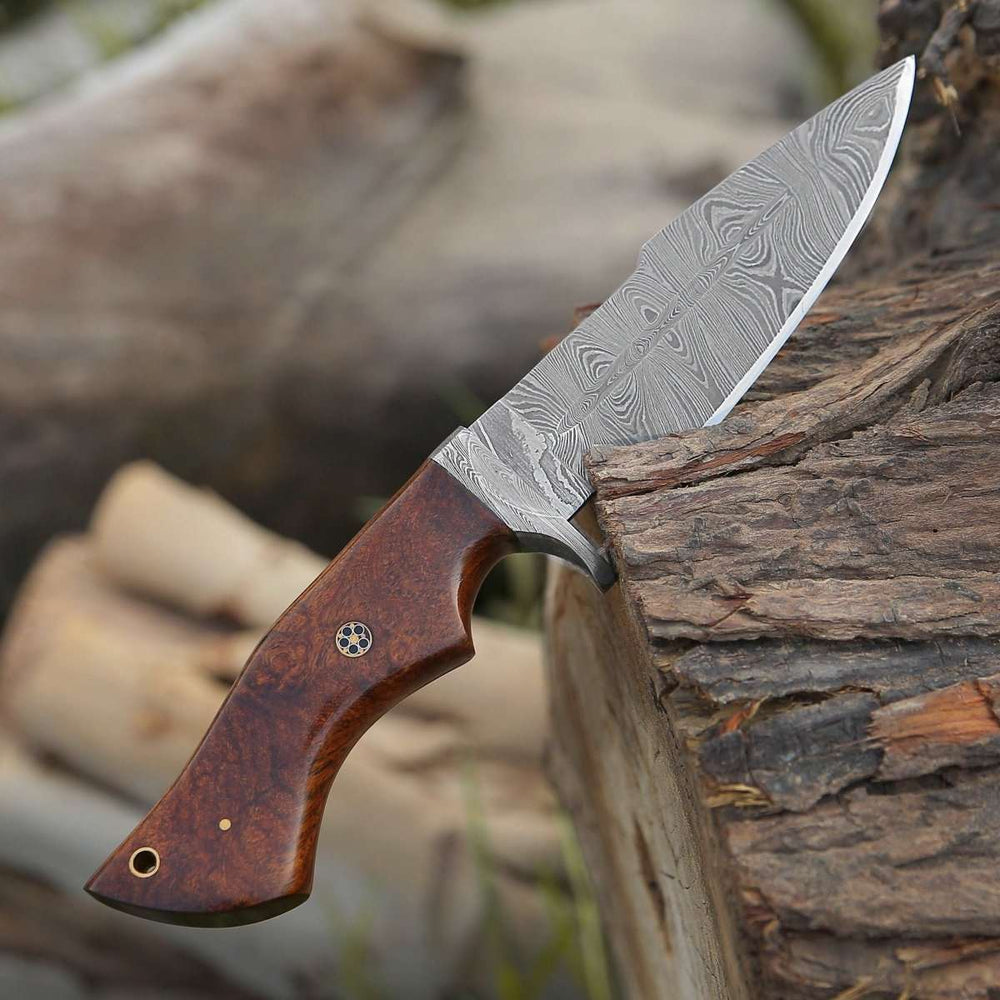





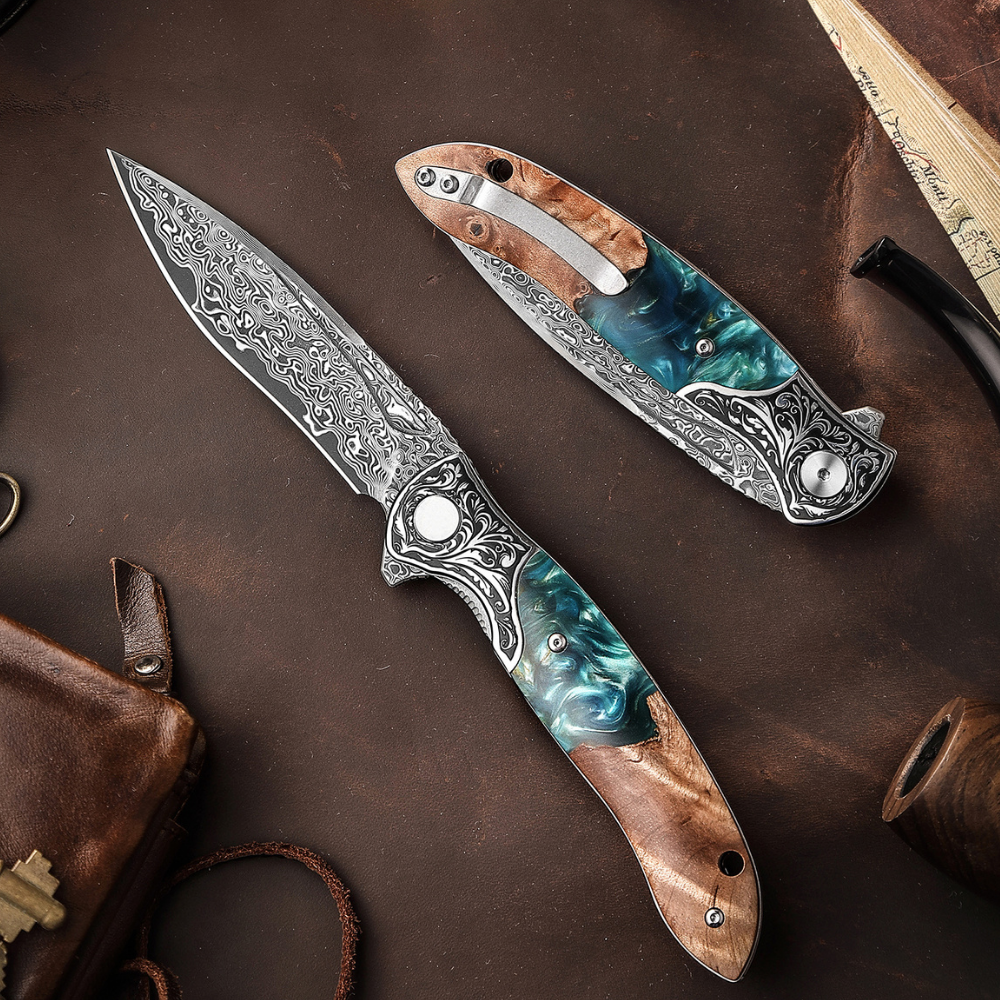
Lascia un commento